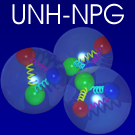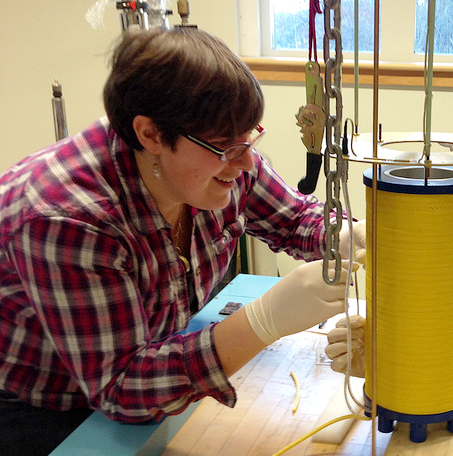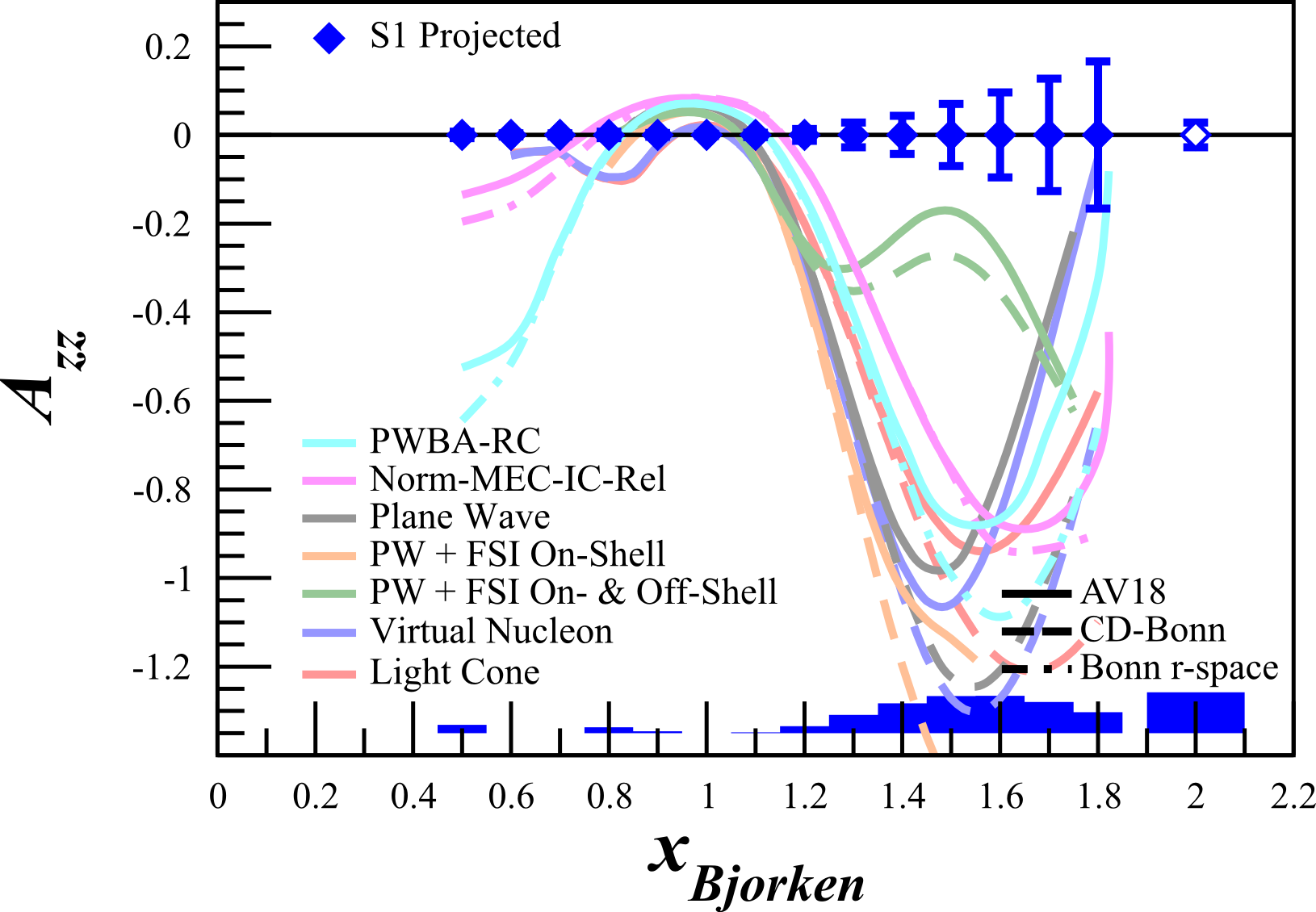| Dr. Elena Long |
The Deuteron Tensor Structure Function b1 experiment, E12-13-011, was approved by JLab PAC40 with an A- physics rating.

JLab.org | Hall A | The Big Family | HALog | Hall A Wiki
Hall C | b1 Wiki | EG4 Wiki | g2p Wiki
Web Site Maintained by Elena Long (elena.long@unh.edu)

